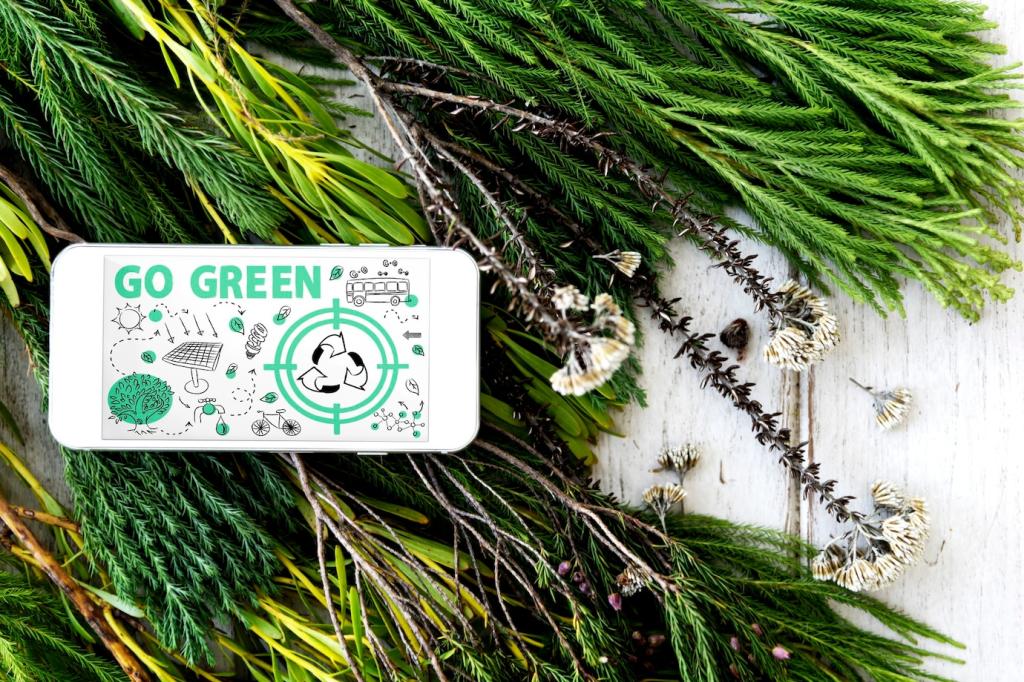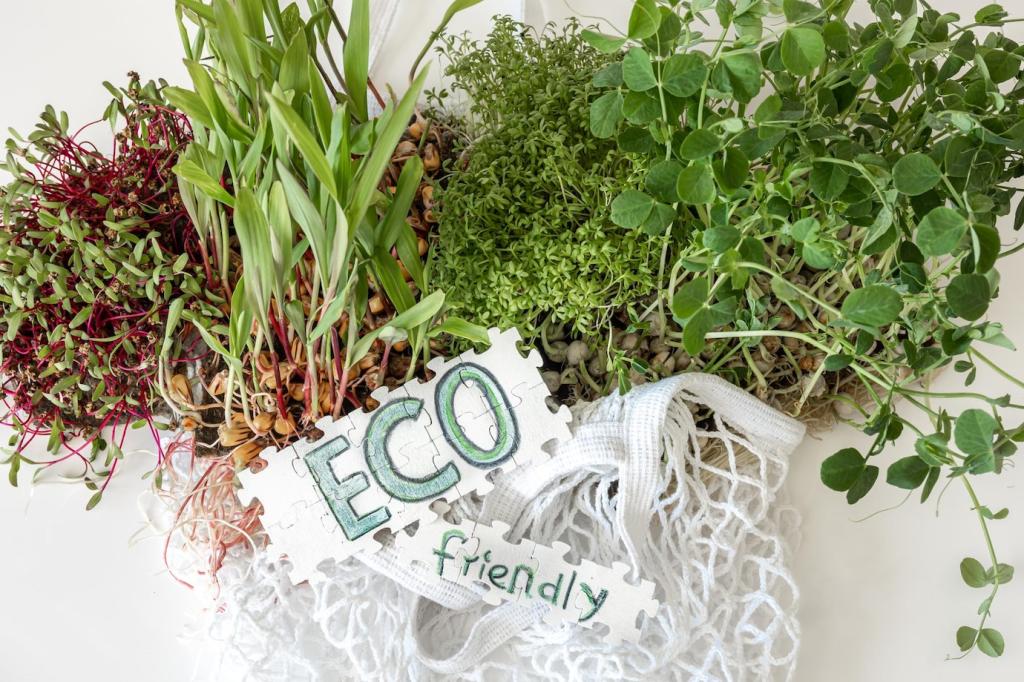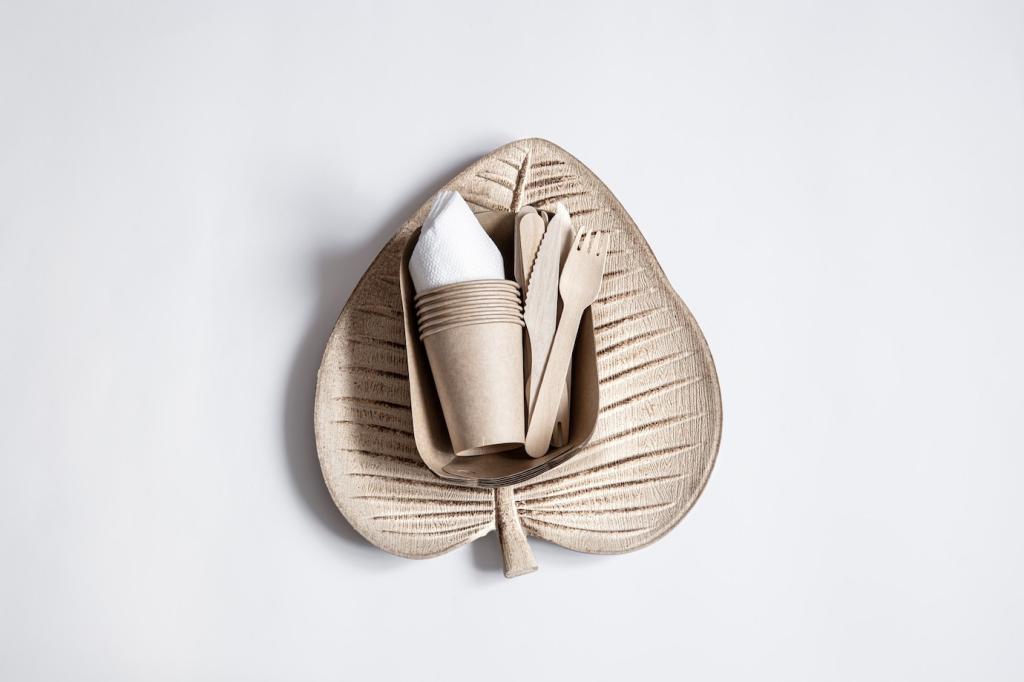Water, Heat, and Air: Designing for Urban Climate Resilience
Layered rooftops hold water, slow release into drains, and grow pollinator-friendly plants. A hospital’s roof garden became a quiet refuge, where staff track rainfall totals alongside blooming calendars for stress relief.
Water, Heat, and Air: Designing for Urban Climate Resilience
Street trees, reflective pavements, and ventilated courtyards lower local temperatures. A summer market moved to a shaded plaza and saw vendors stay later, families linger longer, and ice melting at a gentler pace.






